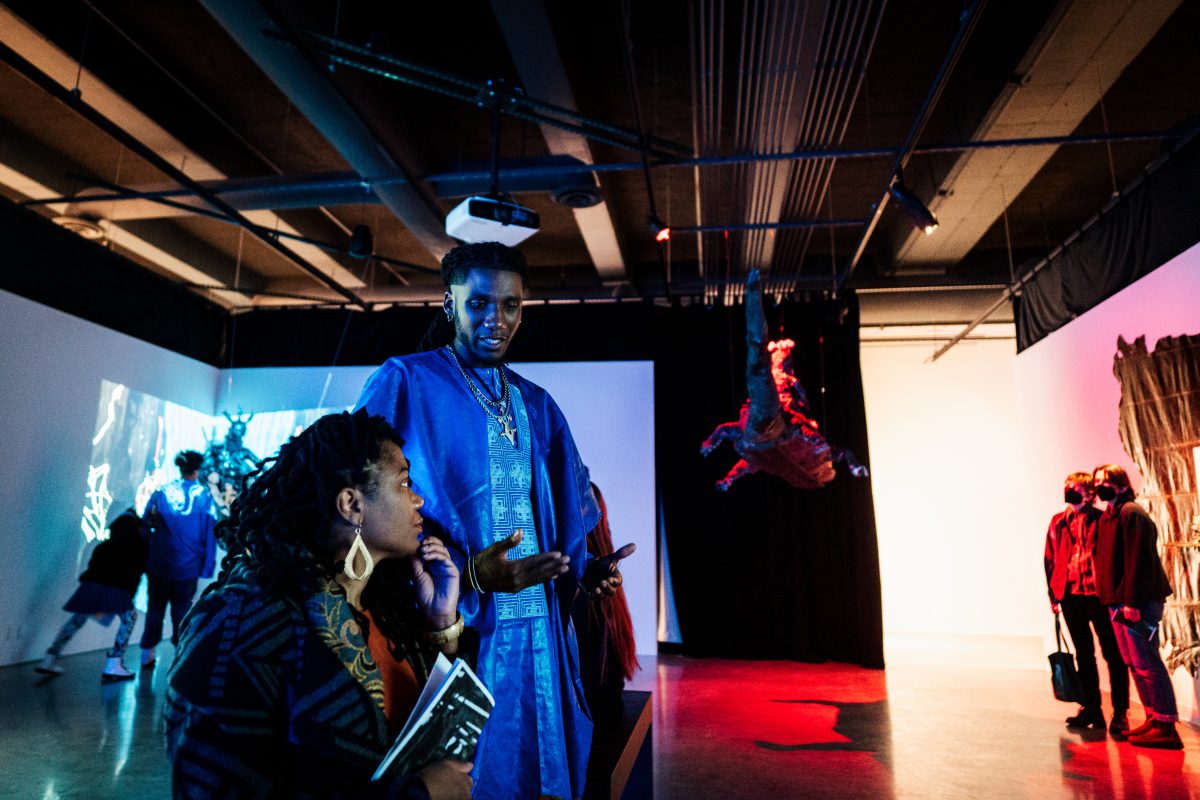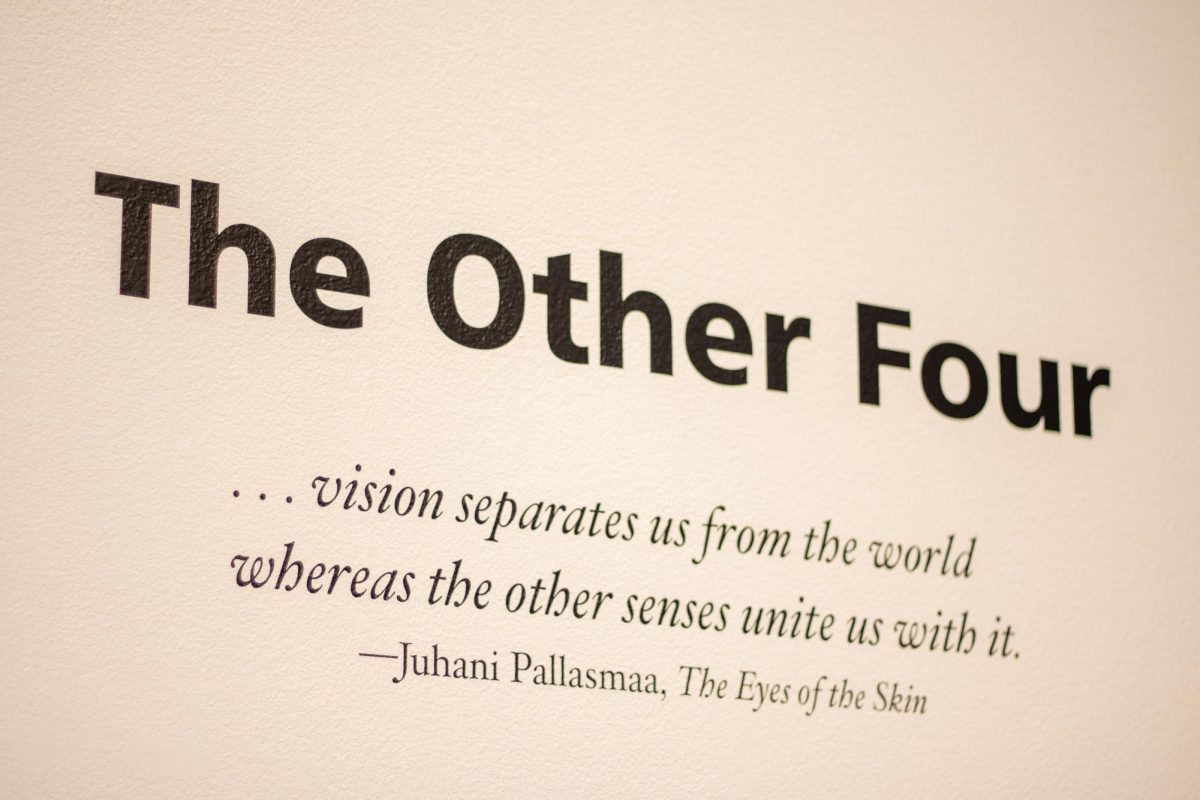When: Sept. 4-Oct. 6
Where: Katherine E. Nash Gallery, Regis Center for Art, 405 S. 21st Ave.
Cost: Free
When Howard Oransky was hired as director of the Katherine E. Nash Gallery in the Regis Center for Art, he confronted ideas about space, religion and art that had been in his head for some time.
“I spent a good amount of time just looking at the floor plan and thinking about ways that the space could be used,” Oransky said.
“It reminded me of the Temple Mount in Jerusalem, in terms of the layout … It got me thinking about how as soon as a location becomes sacred, it becomes contested,” he said.
Last semester, classes from the art, architecture and religion departments began working together. Now Oransky is using the Nash Gallery space to co-curate a show that displays the products of this cooperation.
The work transitions from sculptures and photography to actual proposals for how to deal with conflict in contentious locations — these floor plans and analytical drawings take up a lot of the space.
The 18 featured artists explore how space can be political, personal, religious and contentious. Each artist was a student in one of the three cooperating classes: Ozayr Saloojee’s “Contested Terrains,” Thomas Rose’s “Sculpture: Spatial Problems” and Jeanne Kilde’s “Theory and Method in the Study of Religion.”
“The show straddles a line between research, conceptual art, visual art and architecture,” installation coordinator Teréz Iacovino said.
At the center of the visual art pieces and landscape studies, there are two sand gardens and a small room, which make up the show’s focal points.
The room’s structure consists of porcelain, wood and fabric built by Kate R. Richards titled “Contemplation Room.”
“When I first saw it, I told her itreminded me of a Bedouin tent,” Oransky said. “I envisioned it as a sanctuary in the middle of the desert.”
Richards’ structure inspired the sand gardens, and the rest of the show fell into place around them. During the exhibition, sandals will be provided to anyone who would like to step in and rake the sand. The sand gardens serve as a space that connects art to architecture and one religious culture to another.
“The sand and rock itself was dredged from the bottom of the Mississippi,” Iacovino said. “We’re using this sacred material in Native American culture to create something similar to a Japanese Zen garden. It’s a lot of different intersections of culture.”
None of the boundary crossing within “Sacred Space, Contested Terrain” feels forced, whether it is from one culture to another or one field of study to another.



















